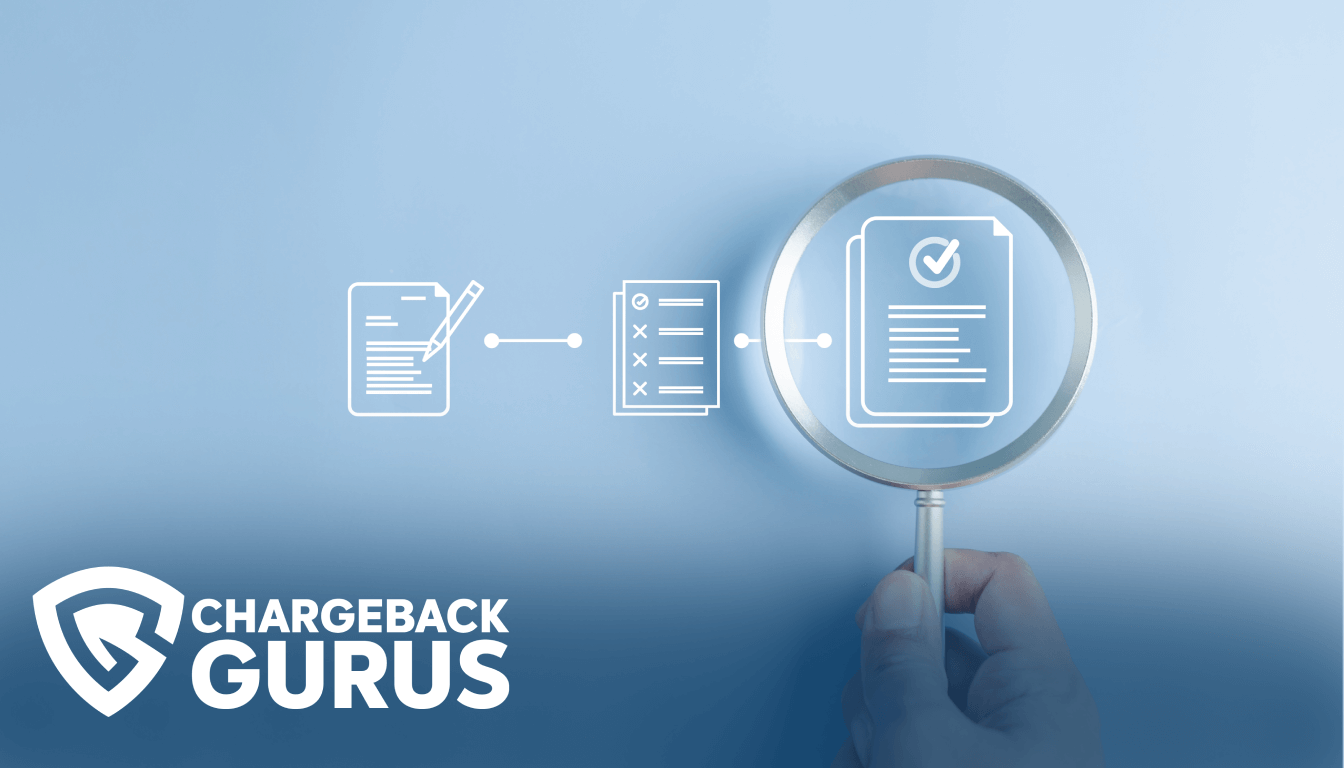Visa Chargeback Reason Code 10.4: Fraud

Table of Contents
- What is Visa chargeback reason code 10.4?
- What causes code 10.4 chargebacks?
- What's the time limit to respond to code 10.4 chargebacks?
- How can merchants fight code 10.4 chargebacks?
- How can merchants prevent code 10.4 chargebacks?
- About Visa chargeback reason codes
Merchants who receive a chargeback for a transaction placed with a Visa card may encounter reason code 10.4, which indicates an improperly authorized transaction that the cardholder does not believe they should be responsible for paying. The actual underlying cause of this chargeback may be true fraud, friendly fraud, or merchant error. Merchants who believe they have received an invalid chargeback under reason code 10.4 may be able to represent the transaction and reverse the chargeback with the right compelling evidence.
What is Visa chargeback reason code 10.4?
Visa chargeback reason code 10.4 falls under the “Fraud” category. The shorthand description is “Other Fraud: Card-Absent Environment.” This reason code indicates that the cardholder is claiming that they did not authorize or participate in a card-not-present transaction, and therefore it must be fraudulent.
These days, most credit card fraud happens online, where eCommerce merchants have fewer safeguards than brick-and-mortar merchants in card-present environments enjoy. When fraudsters obtain a set of stolen payment credentials, it is easy for them to place fraudulent orders over the internet.
What causes code 10.4 chargebacks?
There are two common causes of code 10.4 chargebacks. The first is true fraud, where someone used stolen credit card or account information to make a purchase. The second is friendly fraud, where a cardholder falsely claims a legitimate charge was unauthorized.
Credit card fraud is a big problem for eCommerce merchants, leading to many true fraud chargebacks. Payment card credentials are routinely stolen in data breaches and sold on the dark web to fraudsters, who can then go and attempt to use those stolen card numbers at eCommerce stores with relative impunity.
Often, fraudsters will place small transactions to try to figure out which card numbers are still usable and which ones have already been reported and shut down. This process is known as “card testing.” Once the fraudster finds a valid card, they will make a larger, more lucrative purchase with it. Usually, the cardholder will notice this transaction on their bank statement, report the fraud, and ask for a chargeback.
Friendly fraud, of both the accidental and intentional varieties, is also a common cause of chargebacks with this reason code.
Cardholders who don’t recognize a charge on their bank statement may erroneously report it as fraudulent, and some cardholders will engage in cyber-shoplifting by disputing their own legitimate transactions under false claims of fraud.
What's the time limit to respond to code 10.4 chargebacks?
The acquirer or merchant has 30 days to respond to a chargeback filed under reason code 10.4.
How can merchants fight code 10.4 chargebacks?
Merchants can fight code 10.4 chargebacks by providing evidence that the cardholder authorized the purchase or by showing that the responsibility for the fraud lies with the bank or card network rather than the merchant.
- If you requested CVV2 validation when attempting to authorize the transaction but the response indicated that the issuing bank does not utilize CVV2, provide documents showing the relevant authorization response codes.
- If you requested CVV2 validation while attempting to authorize the transaction and received a response indicating a CVV2 mismatch, but the issuing bank still approved the transaction, provide documentation that proves that you received an approval response.
- If the cardholder was authenticated through Visa Secure and you obtained CVV2 validation when authorizing the transaction, provide documentation that proves that you verified the cardholder’s identity.
- If you requested AVS validation when attempting to authorize the transaction but their response indicated that the issuing bank does not utilize AVS, provide documents showing that you attempted to validate the cardholder’s identity through AVS.
- If you have other forms of identity verification or records of customer communication that prove the cardholder's authorized the purchase, submit these documents.
How can merchants prevent code 10.4 chargebacks?
The best way to prevent these chargebacks is by preventing fraud. Fraud isn’t easy to avoid in card-not-present environments, which is why many merchants rely on anti-fraud tools for protection. Having a clear billing descriptor can also prevent some friendly fraud chargebacks.
The following best practices can help prevent code 10.4 chargebacks:
- Require AVS and CVV matching on transactions that you process.
- Implement anti-fraud tools that use machine learning and artificial intelligence to assign risk scores to potentially fraudulent transactions, allowing you to block or manually review them.
- Always obtain authorization approval before processing any transaction, no matter how small.
- Use a billing descriptor that will be easy for the cardholder to recognize when they see it on their bank statement.
- During clearing, differentiate between card-present and card-not-present transactions by noting internet, phone, and mail orders.
About Visa chargeback reason codes
Reason codes are alphanumeric codes that provide the justification for granting a chargeback. Pursuant to the Fair Credit Billing Act of 1974, cardholders have the right to dispute unauthorized or erroneous charges, and issuing banks must reverse a disputed transaction if the cardholder’s claim is valid.
When a cardholder contacts their issuing bank to dispute a transaction and receive a chargeback, the dispute is assigned a reason code that most closely matches the substance of the cardholder’s claims. The reason code provides the merchant and other stakeholders in the dispute with a concise explanation for why a chargeback has been granted.
Each card network—Visa, Mastercard, American Express, and Discover—defines and maintains their own unique set of reason codes, which are applied to disputes by the banks that issue credit and debit cards under their brands.
Visa specifies 46 reason codes under the categories of Fraud, Authorization, Point-of-Interaction Error, Consumer Disputes, and Processing Errors. Visa uses a numeric scheme for its chargeback reason codes.
Understanding chargeback reason codes is one of the most essential parts of effective chargeback management. Identifying the chargeback reason code and the evidence required to fight it is the first step in chargeback representment, and analyzing your chargeback reason codes can provide you with insights into what types of disputes are causing you the most trouble. With this information, you can determine the root causes of your chargebacks and take action to prevent them from reoccurring.


